June 10th, 2012 — 7:58pm
Apsaras are alive and well in modern-day Cambodia and can often be seen posing for tourists at Angkor highlights, Angkor Wat and the Bayon. Even celestial nymphs need to earn a crust and charge tourists a dollar a pop to be snapped with them.
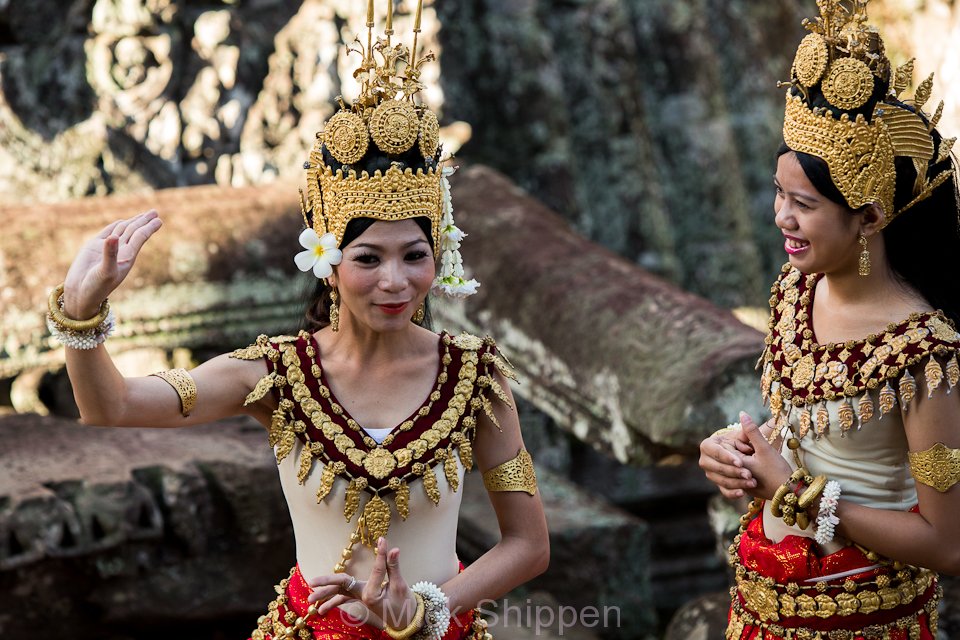
It’s all very much part of the circus that Angkor has become in recent years; an ant hill crawling with 3 million visitors a year. Professional photographers even stump up the cash to ensure they get a contrived pose for their portfolio.
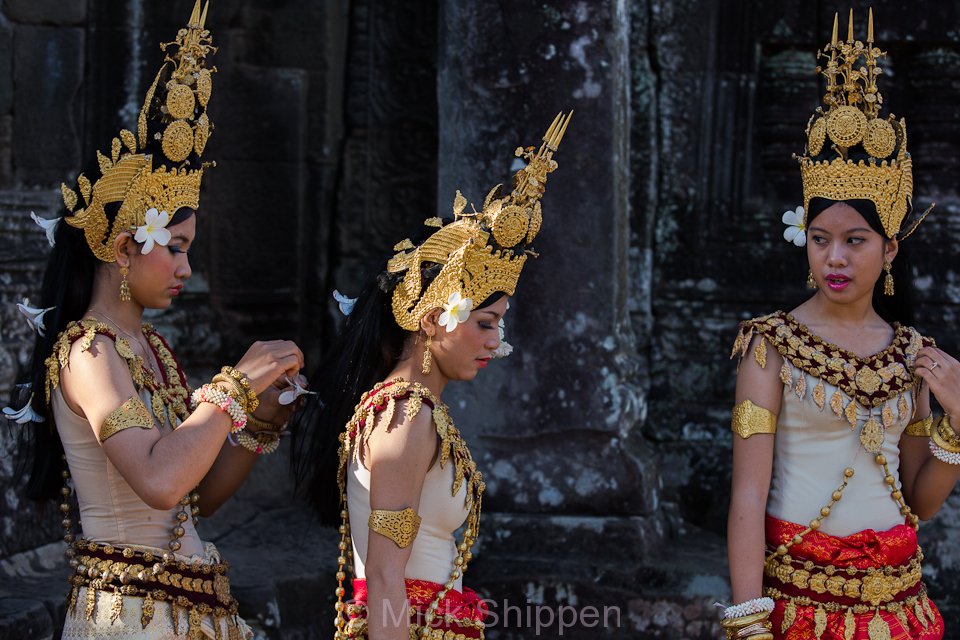
More interesting for me was to sit quietly and wait for an unguarded moment when no customers were around.
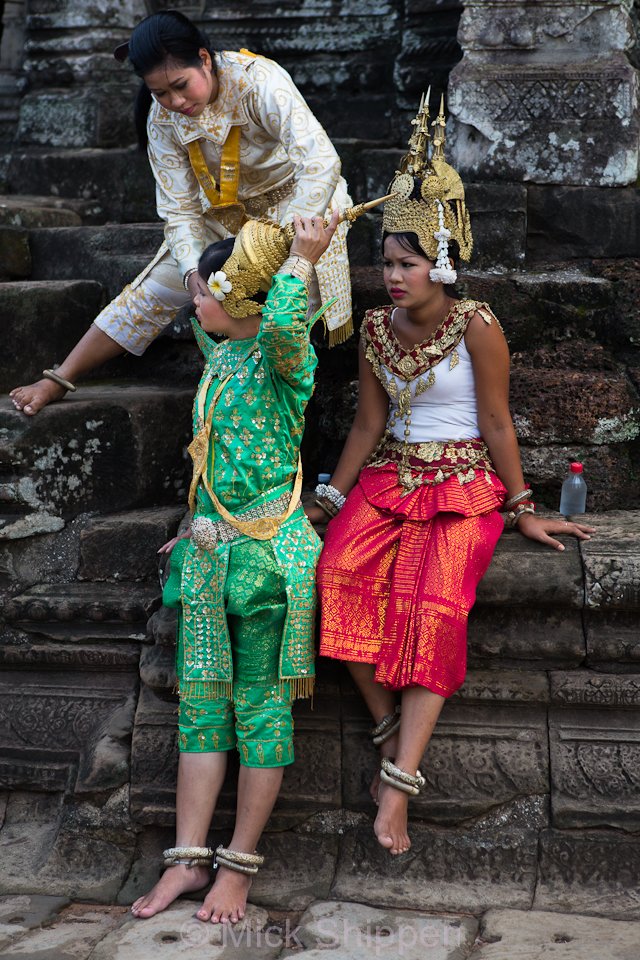
The reward was capturing golden Apsaras flitting through the ancient grey stones, decorating each others hair with flowers, showing each other poses…
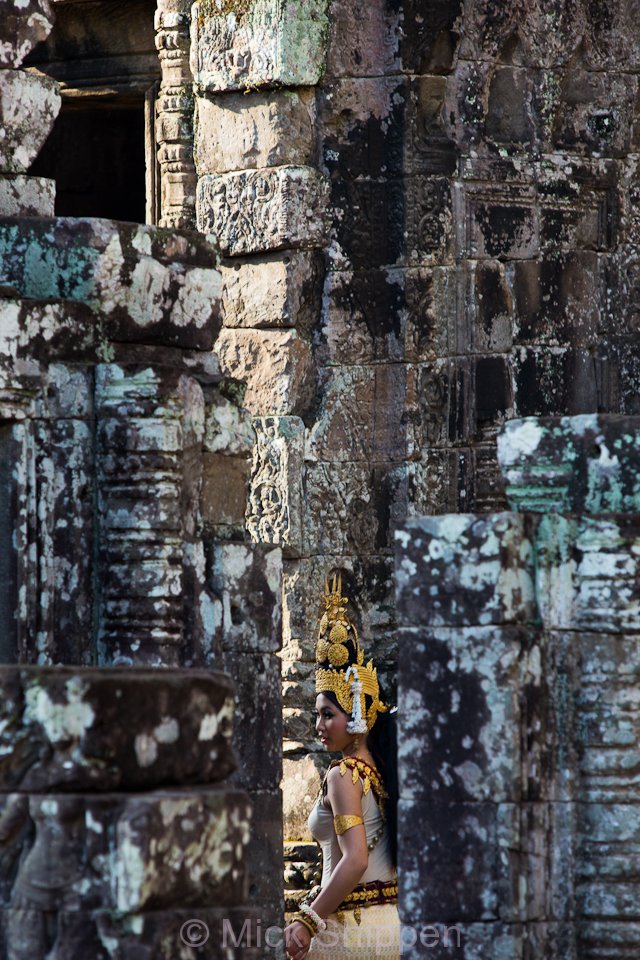
..and, as you would expect of a celestial nymph, wearing slippers.
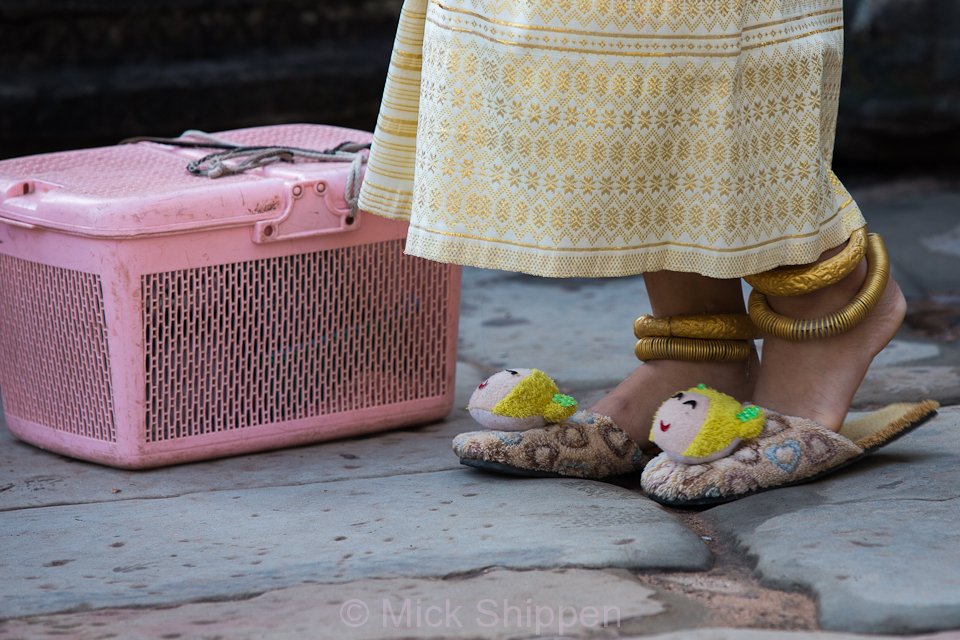
Comment » | Travel
June 10th, 2012 — 7:29pm
Visitors to Cambodia soon add a new word to their vocabulary – Apsara. Often appropriated as a name for resorts, travel companies, and restaurants, Apsaras are mythical female celestial dancers that graced the walls of Angkor-era temples as early as the 8th century AD.
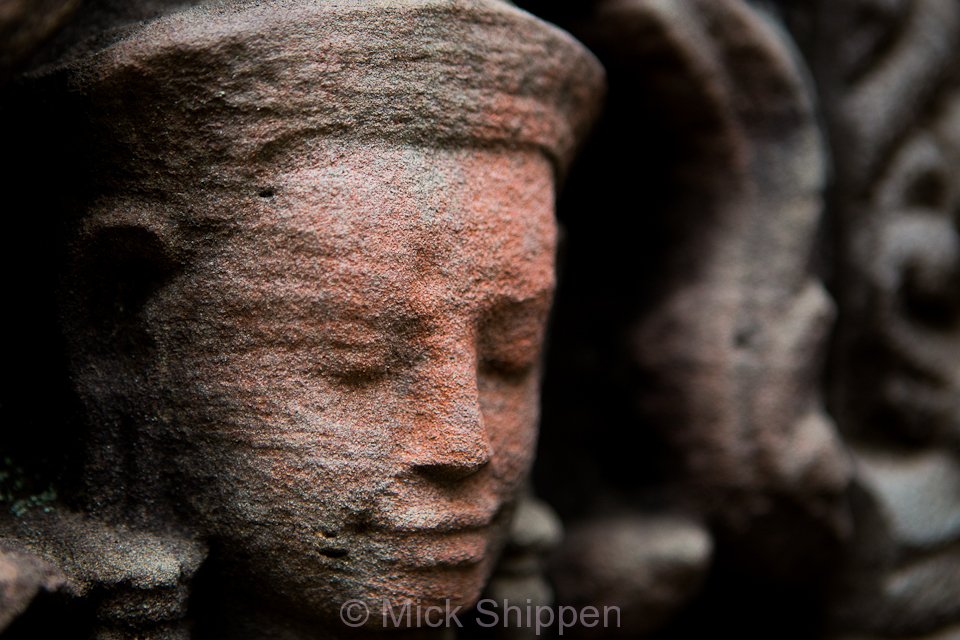
Scholars of Khmer art and archaeology often differentiate between the sensual flying nymphs or Apsaras and enigmatic standing figures known as Devatas which are thought to be guardians of the temple. Exquisite bas-reliefs of the highly stylised figures can be seen in abundance at Angkor Wat where over 1,700 have been recorded, and at other ancient monuments at the UNSECO World Heritage Site.
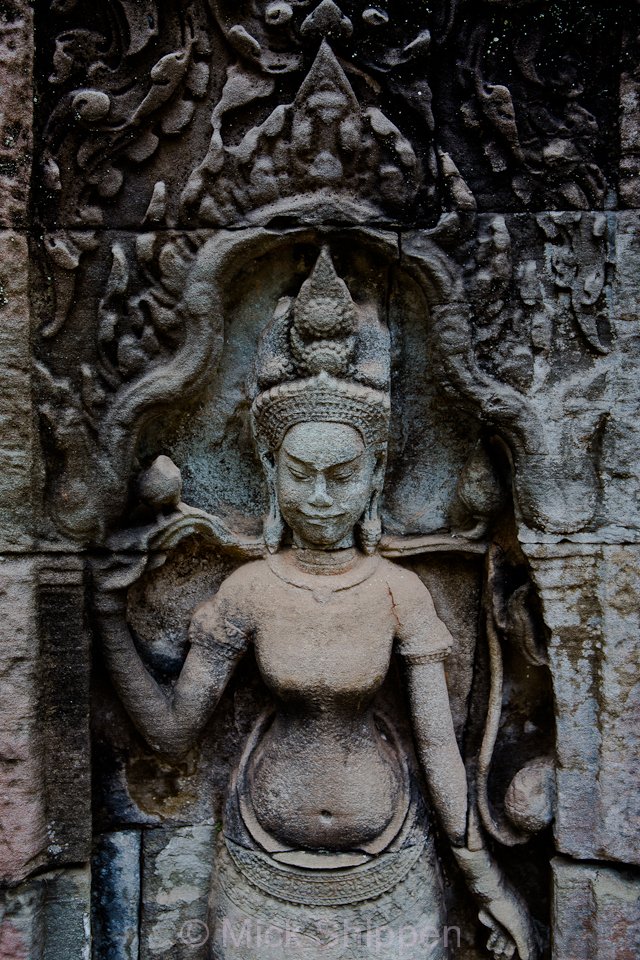
Today the spirit of the Apsaras has been revived by Cambodia’s bourgeoning tourist industry and they appear in performances of beautifully choreographed Khmer dance drama.
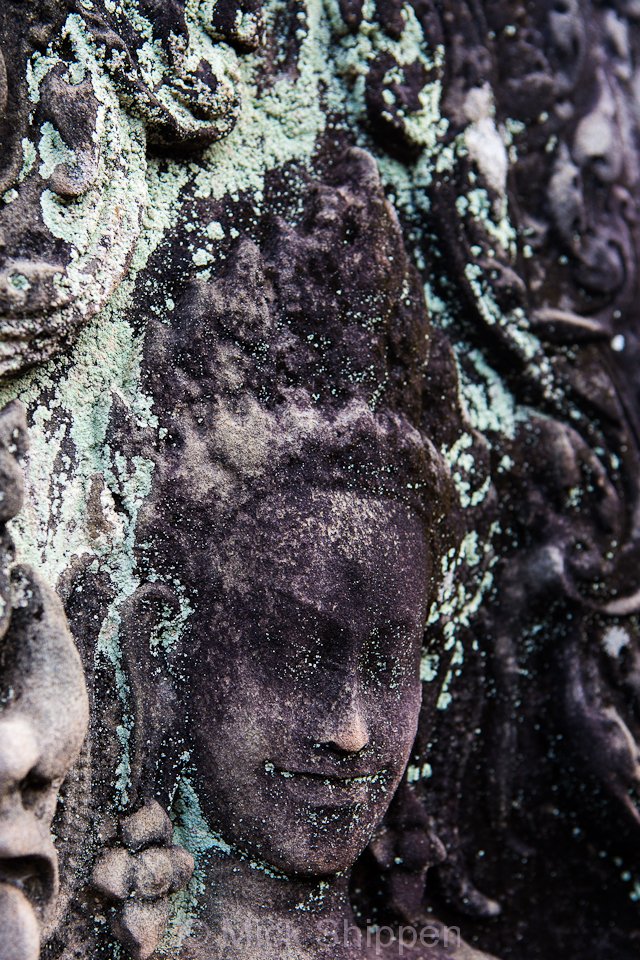
During a recent visit to Angkor I developed a bit of an Apasara obsession and ended up photographing dozens of them, many weathered by time into beautiful and ghostly images.
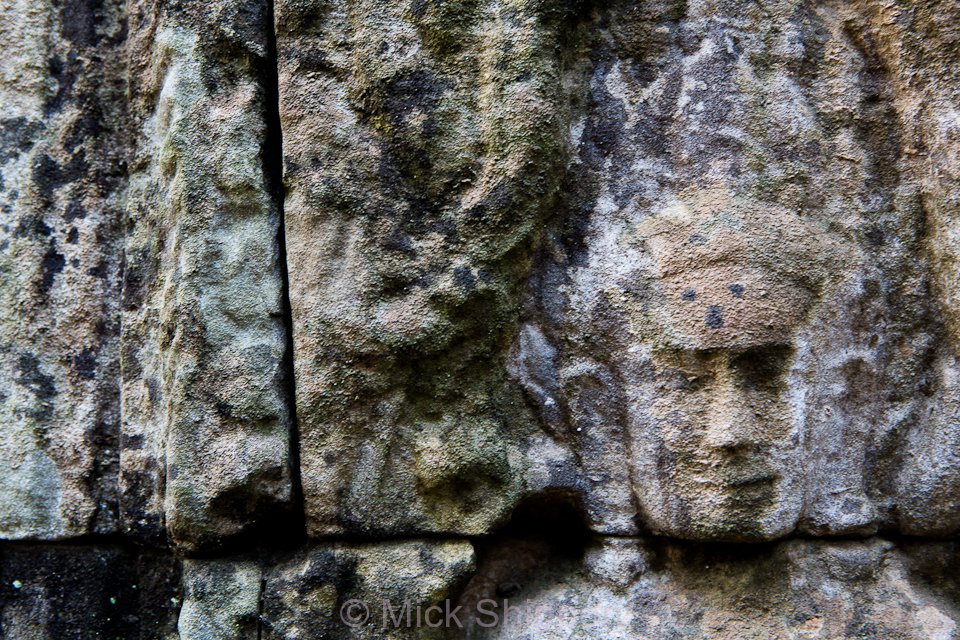
Comment » | Travel
April 18th, 2012 — 5:31pm
On a recent trip to Phnom Penh, the capital of Cambodia, I spent a couple of mornings at a school that teaches youngsters the art of classical Khmer dance. Watching the elegant teacher instruct the children was an experience I found much interesting than seeing an actual performance.
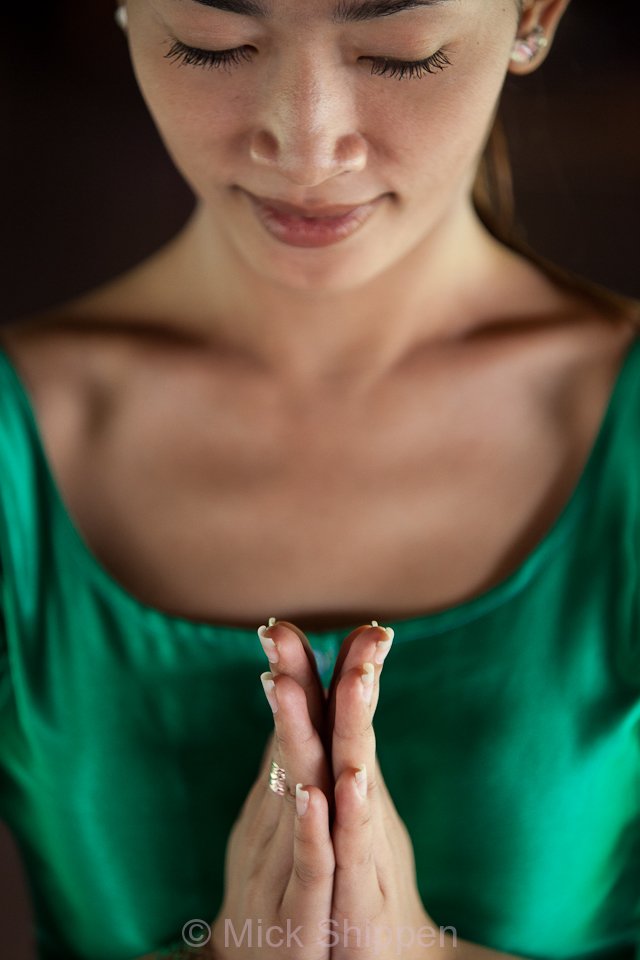
During the Khmer Rouge years, the brutal regime made a concerted effort to wipe out artists and craftsmen, and they almost succeeded. Many of Cambodia’s traditional arts, particularly Cambodian dance, were almost lost forever. Today, following a concerted effort to retrain young people, it is once again being acknowledged for its grace and beauty.
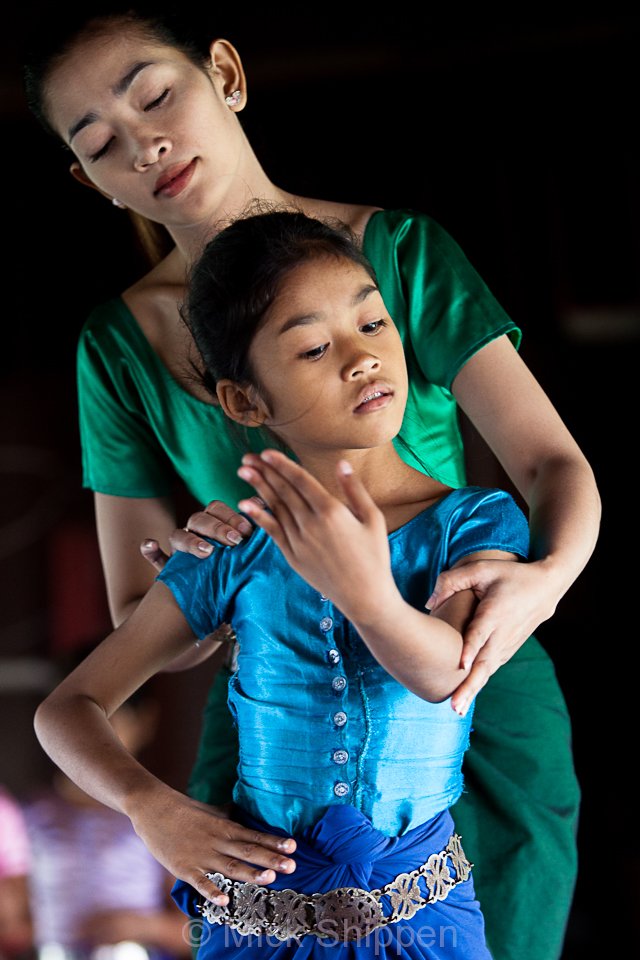
It is thought that 90% of Cambodia’s dancers and musicians were killed during the Khmer Rouge years. The chain of oral traditions passed down from generation to generation by masters of the arts was almost entirely broken. Organisations such as Cambodian Living Arts tracked down a few survivors and employed them to train a new generation of musicians and dancers.
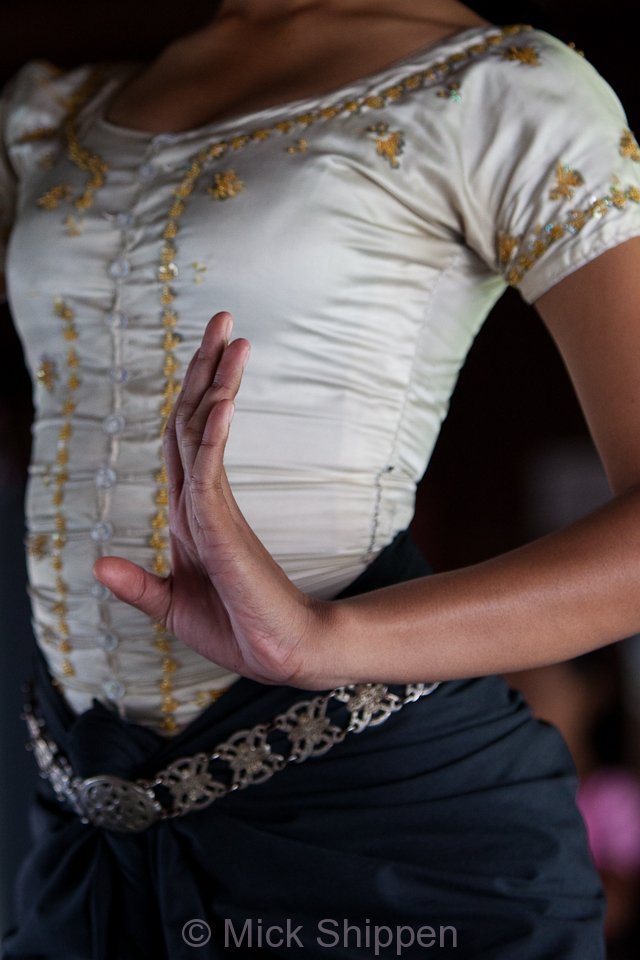
Cambodia classical dance drama is based on the epic poem, Ramayana which has its origins in Indian literature. The dance too draws on the traditions of Indian court dance and is often referred to as Apsara after the female nymphs described in Hindu mythology that were born as dancers to the gods. Images of celestial Apsara dancers dating from the 12th century and earlier can be seen carved on the temples walls at Angkor, evidence that this highly stylized art form has been part of Cambodian culture for centuries.
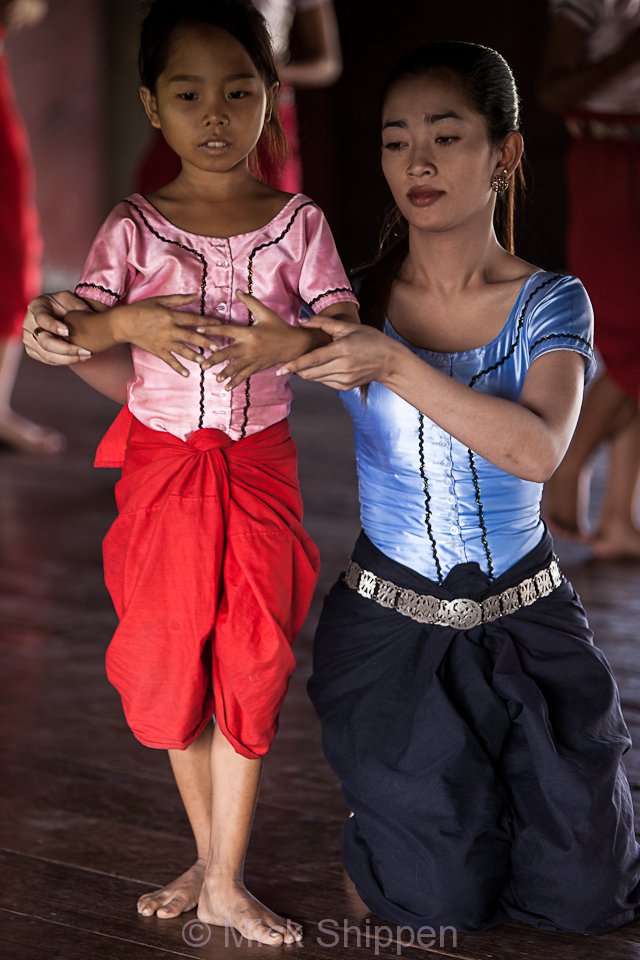
A Cambodian dance troupe, dressed in glittering costumes, elaborate headwear and masks, performs with beauty and grace, their slow movements punctuated by a percussive ensemble that sits to the side of the stage. Acts of the drama are often separated by a narrative read out by one of the musicians.
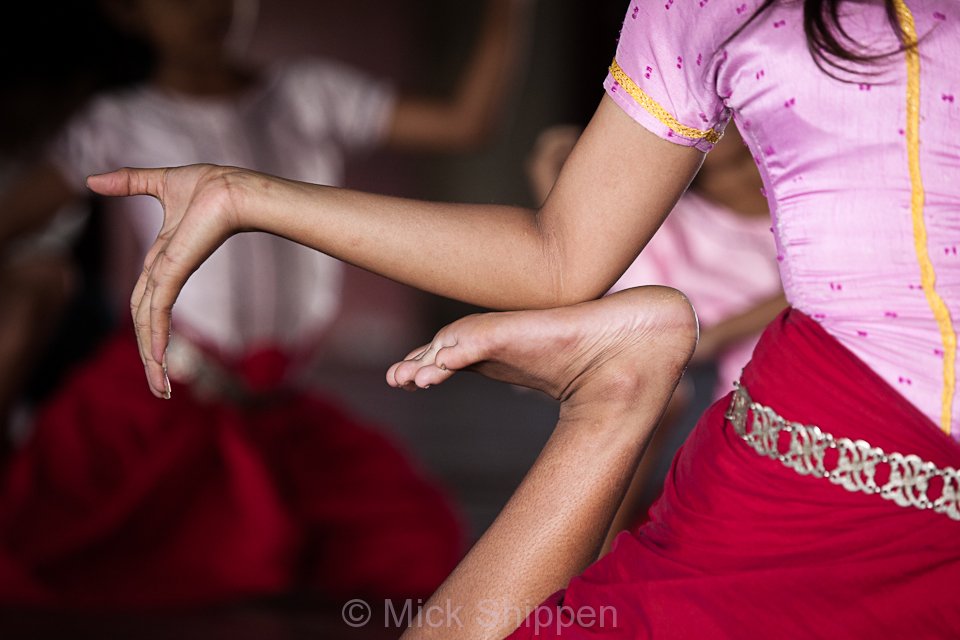
Cambodia’s growing tourism industry has contributed to the revival of traditional dance. In Phnom Penh, regular performances by troupes such as the Children of Bassac can be seen.
Comment » | Travel













